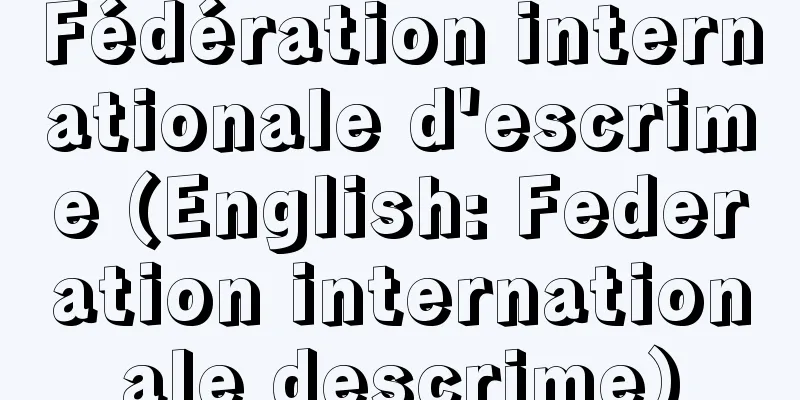Kankaiga - Paintings of Enlightenment

|
Based on Confucian ethics, paintings aimed at encouraging good and disciplining evil. They were popular during the Han dynasty when Confucianism was at its height, depicting loyal subjects, filial sons, wise kings, chaste women, etc., and paintings based on classic texts also appeared after the Wei and Jin dynasties. Later, they were also combined with Buddhist thought. A representative example is Woman Wearing a Jingle Ball, said to have been created by Gu Gaizhi. In Japan, the Kano school painted them in the early Edo period, but there are only a few of them. → Related Articles Enritsuhon Source : Heibonsha Encyclopedia About MyPedia Information |
|
儒教倫理に基づき,勧善戒悪を目的とする絵画。儒教の盛んな漢代に盛行し,忠臣,孝子,賢王,貞女などが描かれ,魏・晋以後経書に取材した絵も出現。のち仏教思想とも結合した。顧【がい】之(こがいし)作といわれる《女子箴(じょししん)図》が代表例。日本では江戸初期に狩野派が描いたが,数は少ない。 →関連項目閻立本 出典 株式会社平凡社百科事典マイペディアについて 情報 |
Recommend
Aelia Capitolina (English spelling) Aelia Capitolina
…In fact, about 40 years after Jesus' executi...
Yoshimichi Inaba
⇒ Inaba Ittetsu Source: Kodansha Digital Japanese ...
Amount of claim - sogaku
In civil litigation, the rights asserted by the pl...
Onoyama Offerings - Onoyama Offerings
The Kugyonin (also known as Ono Kugyonin) were bas...
Rhinatrematidae
…The larvae develop large external gills, but the...
Hemipsocus chloroticus (English spelling) Hemipsocus chloroticus
...Their wings are membranous and have few veins....
EME Communications
...Recently, telephone communications in the VHF ...
Night Storm Okinu
A character in storytelling. Modeled after Harada ...
Corydon sumatranus
…It is found in the Malay Peninsula, Sumatra, and...
Oden Kasuri - Oden Gasuri
...A cotton fabric invented by Den Inoue (1788-18...
Niwafuji (Japanese wisteria) - Indigofera decora; Chinese indigo
A perennial plant of the legume family. It is also...
Lohengrin - Lohengrin (English spelling)
An opera composed by Wagner. Three acts. Based on...
"Araki Mataemon" (novel)
...This also extended to the fields of film and p...
Konagai [town] - Konagai
A former town in Kitatakaki County facing the Aria...
Miyamajishi
Title of a Jiuta/Koto piece. Kyoto-style Tegotomon...









